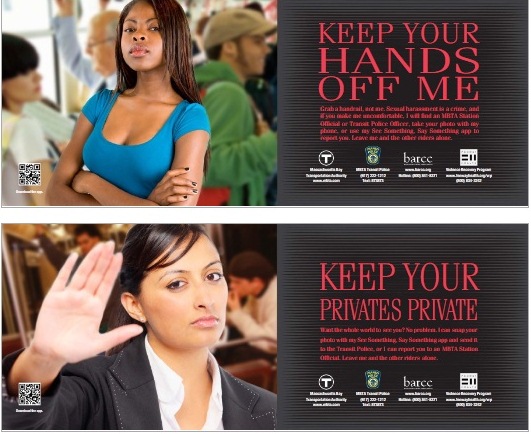 “Whether walking city streets, using public transport, going to school, or selling goods at the market, women and girls are subject to the threat of sexual harassment and violence. This reality of daily life limits women’s freedom to get an education, to work, to participate in politics – or to simply enjoy their own neighbourhoods.
“Whether walking city streets, using public transport, going to school, or selling goods at the market, women and girls are subject to the threat of sexual harassment and violence. This reality of daily life limits women’s freedom to get an education, to work, to participate in politics – or to simply enjoy their own neighbourhoods.
Yet despite its prevalence, violence and harassment against women and girls in public spaces remains a largely neglected issue, with few laws or policies in place to address it,” wrote the former executive director of UN Women and former president of Chile, Michele Bachelet.
“One approach [for addressing it] is the Safe Cities global initiative. This partnership of municipal governments, local communities and organisations, and the UN, is working to make urban environments safer for women and girls.
Initially launched by UN Women and UN-Habitat with five pilot cities – Cairo, Egypt; Kigali, Rwanda; New Delhi, India; Quito, Ecuador; and Port Moresby, Papua New Guinea – the initiative has expanded to more than 20 cities and continues to grow.
One of the most important lessons we have learned is that each city is unique and requires a local response. This can only be achieved by conducting a diagnostic study with data and evidence, and engaging community members. Cities have taken actions to improving the lighting and design of streets and buildings, training and sensitizing police, and hiring more women police officers. These practical responses can make a world of difference.”
This is one of the clearest and most concise articles I’ve read about the problem of street harassment/sexual violence in public spaces and what the UN is doing about it.
Even better news is that in March 2013, for the first time, the United Nations Commission on the Status of Women included several clauses about sexual harassment in public spaces in its Agreed Conclusions, signaling a shift in how this issue is viewed and its level of importance.
For example, it expressed “deep concern about violence against women and girls in public spaces, including sexual harassment, especially when it is being used to intimidate women and girls who are exercising any of their human rights and fundamental freedoms.”
It called on States to “increase measures to protect women and girls from violence and harassment, including sexual harassment and bullying, in both public and private spaces, to address security and safety, through awareness-raising, involvement of local communities, crime prevention laws, and policies.”
It also called on States to “support the development and use of information and communications technology ….as a resource for the empowerment of women and girls, including access to information on the prevention of and response to violence against women and girls; and develop mechanisms to combat the use of information and communications technology used to perpetrate violence against women and girls.”
I am excited to share that I am now a consultant to the UN for their Safe Cities Global Initiative and will look for ways to elevate their work through SSH and learn from their efforts as they address street harassment strategically, on a global scale.




